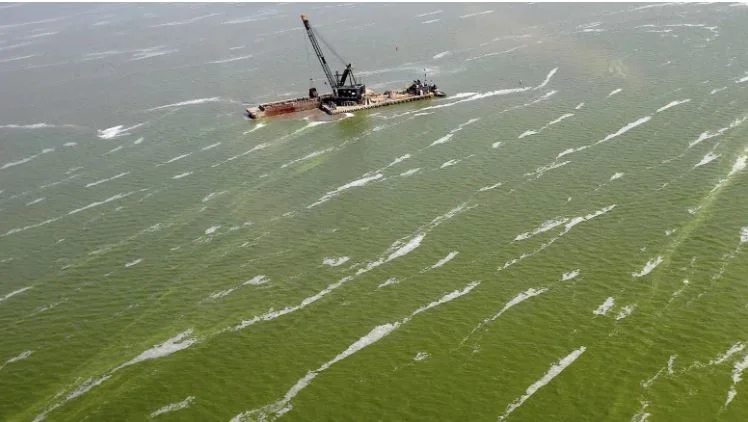Since 2019, David Piano has used his considerable photography skills to document soil erosion along Lake Erie's north shore. Focusing on a stretch of almost 200 kilometres of lakefront from Port Burwell to Wheatley, he's captured images of crumbling cliffs and cottages swallowed by lake water eating away at the shore. Lake Erie's soil erosion problem isn't new. For years, property owners have been lobbying governments and spending thousands to combat erosion that threatens buildings, many of them seasonal cottages that have been in families for decades.
Stopping algae blooms may start on farmlands
A handful of Chatham farms might hold the answer to reducing toxic algae blooms in the Great Lakes. These farms are collecting and analyzing their agricultural runoff, in hope of reducing the amount of phosphorus entering the waterways. It's part of a project, started by two organizations in Spring 2016, which aims to come up with a strategy to deal with toxic algae blooms. Out of that idea for the project — between the Ontario Federation of Agriculture and the Great Lakes and St. Lawrence Cities Initiative — came the Thames River Phosphorus Reduction Collaborative.



